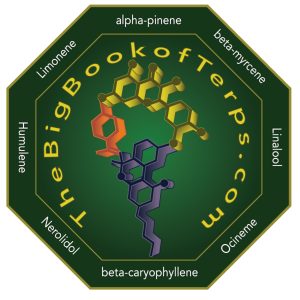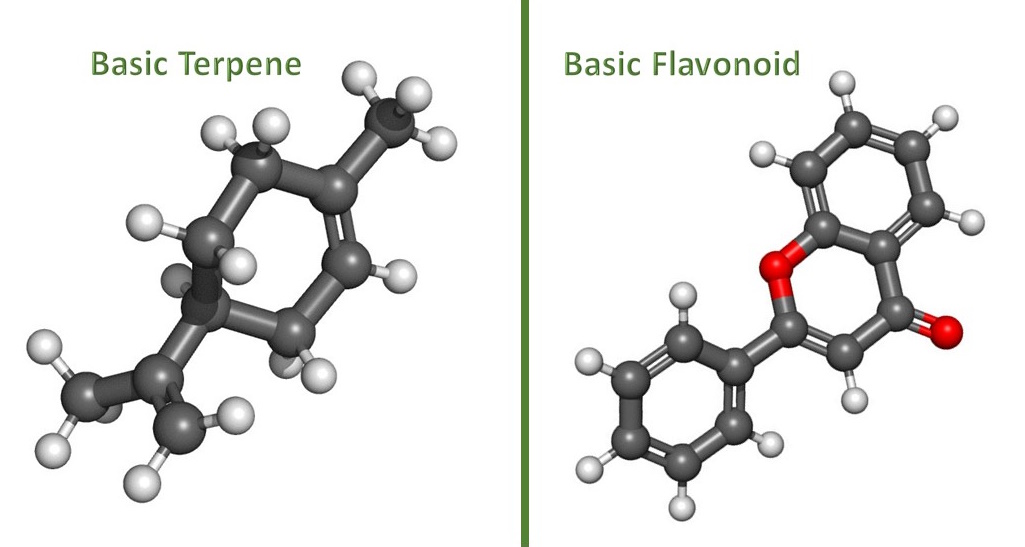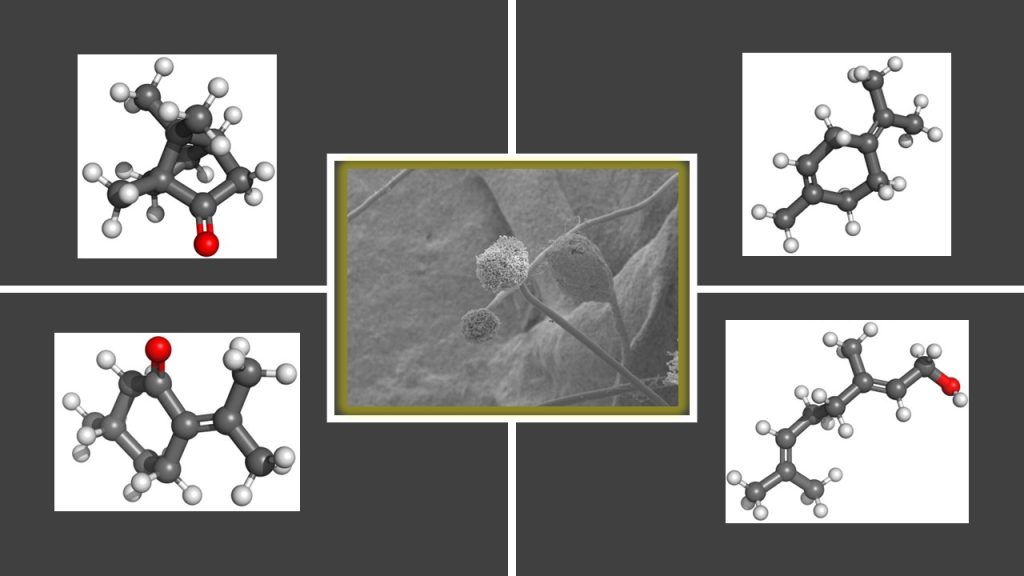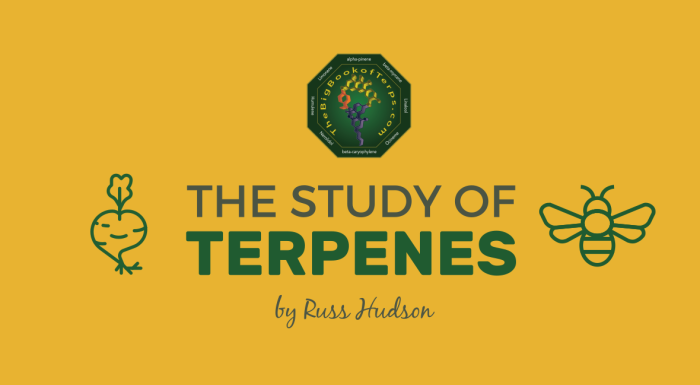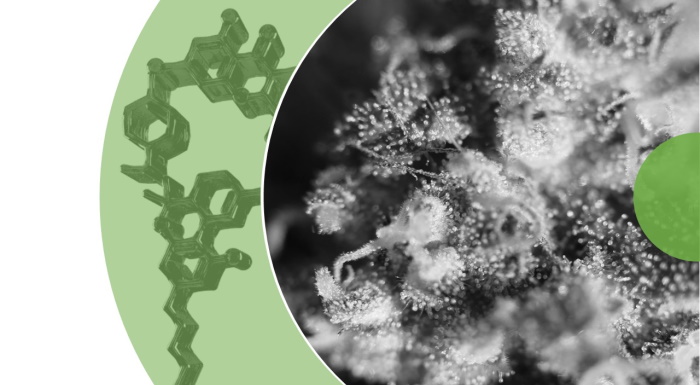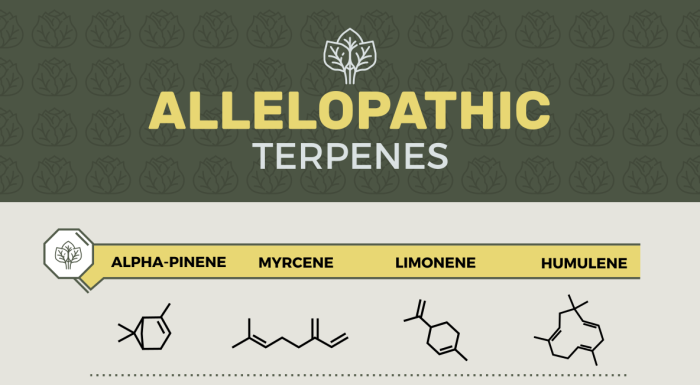


“Terps, terps, everywhere; in the stain on wooded stair, in the shampoo in your hair; in the magic of your bong, in the trichomes, thick and strong
Smell them here and taste them there, terps, terps, everywhere…”
THE BIG BOOK OF TERPS, Edition 2
Understanding Terpenes and Synergy in Cannabis
by Russ Hudson
edited by Jacqueline Graddon, MBA
The Big Book of Terps is the world’s largest resource on terpenes and flavonoids in cannabis, with more than 420 pages, over 1,350 citations, 150,000+ words, 51 Quizzes and Answer Key, 1 Final Exam and Answer Key, and 60+ custom graphs, gifs (available online), charts, and other images. This significant work includes information not previously known to the cannabis industry, as well as several discoveries not previously reported in scientific literature. Written by cannabis researcher and consultant Russ Hudson, with images by Gloria Fuentes, PhD (Molecular Biology), The Big Book of Terps required more than 4 years of intensive research to compile and dissect and features commentary by top cannabinoid and terpene researchers including Raphael Mechoulam, Ethan Russo, Susan Trapp, and Mitch Earleywine, as well as contributions by Ed Rosenthal, and Professor Rob Mejia.
The Big Book of Terps includes detailed information about the top 43 terpenes found in cannabis, with a primary focus on evidence for synergy between these compounds and cannabinoids, which are a class of terpenes called diterpenes. Content includes:
- 43 Chapters on Individual Terpenes & Terpenoids
- Terpenes 101
- Cannabinoids 101
- Synergy in Cannabis
- Cannabis Breeding, Cultivation, & Processing for Phytochemical Manipulation
- Terp Tsars – Biographies of Leading Scientists in Terpenes & Flavonoids.
- Foreword by Mitch Earleywine, PhD
- Why Terpenes Matter, by Ed Rosenthal
- A Note on Cannabis Education, by Prof. Rob Mejia
- 1,350 Full, In-Page Citations for Immediate Review
- 60+ molecule images, and more
- 51 Quizzes with Answer Key
- 1 Final Exam with Answer Key
- Commentary from the world’s leading terpene scientists including Mechoulam, Russo, and Trapp.
- Cited data points
- Surprise artwork by FatNugs Magazine on page 420!
For more information about The Big Book of Terps, email info@thebigbookofterps.com.
